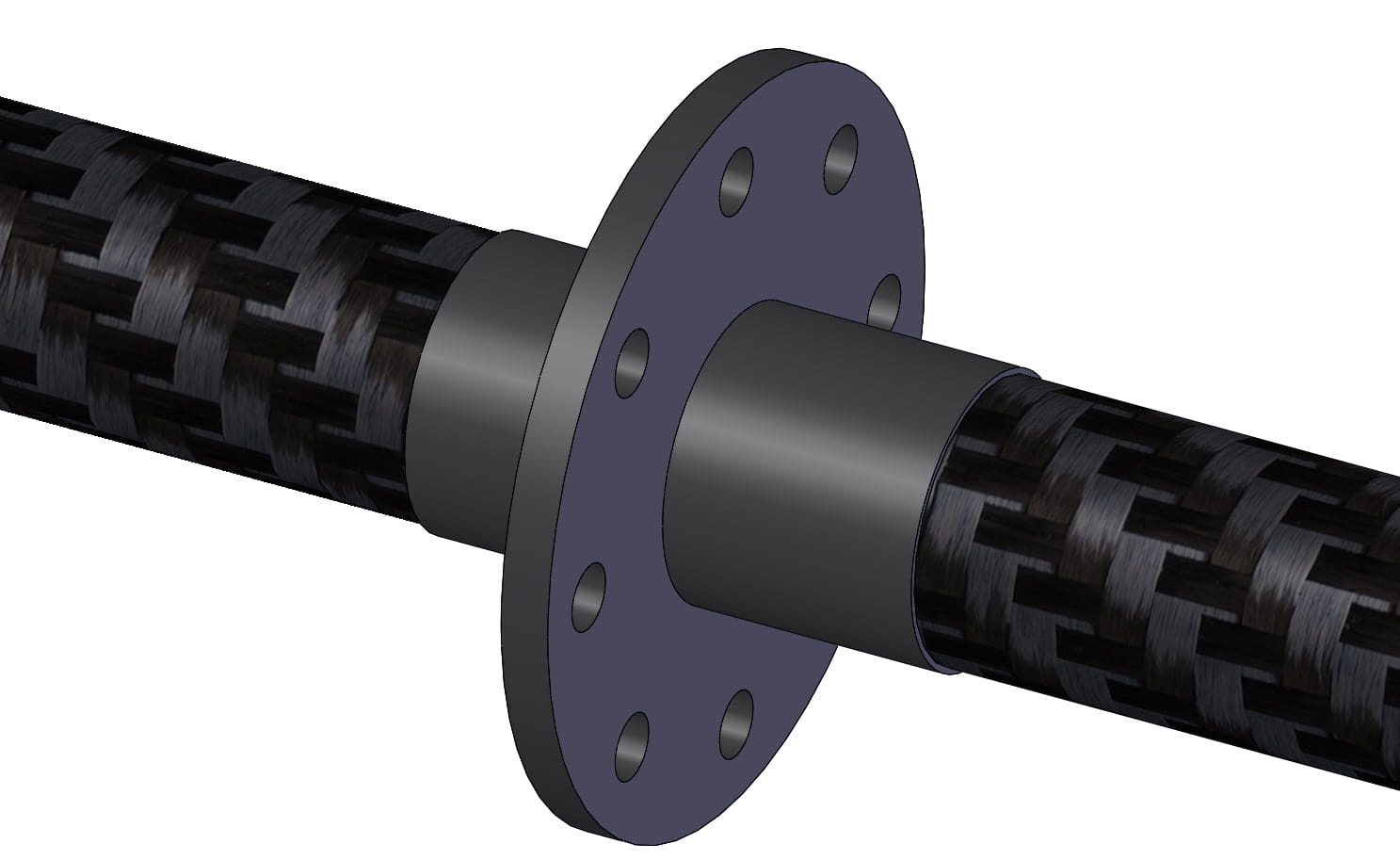
Source: SPINNER Group
Understanding Fiber Optic Connections
Fiber optics technology is pivotal in modern telecommunications and laser applications. Connecting fiber ends efficiently is crucial to minimize optical power loss. This blog post explores the various methods and considerations for creating effective fiber optic connections.
Techniques for Joining Fiber Optic Ends
Fusion Splicing
Fusion splicing is a method used to create permanent and stable connections between fiber optic cables. This technique involves fusing the fiber ends together using heat, resulting in very low transition losses. Fusion splicing is ideal for applications requiring long-term reliability and minimal signal loss.
Mechanical Splicing
Mechanical splicing offers a semi-permanent solution by aligning fiber ends with simple devices. This method often involves using index matching gels or epoxy to reduce reflection losses. Although faster and more cost-effective initially, mechanical splices typically result in higher splice and reflection losses compared to fusion splicing.
Fiber Connectors
Fiber connectors provide a convenient way to join fibers that require frequent disconnection. Common types include FC, SC, and LC for single-mode fibers, and ST for multimode fibers. These connectors often involve gluing the fiber into the connector with epoxy and polishing the end. Although they offer similar transition losses to mechanical splices, their stability is generally lower.

Preparing Fiber Ends for Connection
Proper preparation of fiber ends is essential for effective connections. Typically, fibers need to be perpendicularly cut to align the light axis with the fiber axis, simplifying alignment. In some cases, a cleave angle deviating from 90° is necessary to prevent reflected light from re-entering the fiber mode.
Free-Space Optics for Fiber Connections
Free-space optics can be employed to launch light from one fiber into another, often using lenses. This approach allows for safe distance between fiber ends, reducing the risk of damage. It also enables the insertion of additional optical elements, such as filters or isolators. However, free-space optics require stable alignment and are prone to dust interference.
Tolerances for Low-Loss Fiber Joints
Multimode Fibers
In multimode fibers, alignment tolerances are relatively low, especially for large core areas. High coupling efficiency is achievable if the receiving fiber has equal or larger core diameter and numerical aperture than the transmitting fiber. However, estimating coupling losses can be complex due to the wave nature of light and mode profile changes.
Single-mode Fibers
Single-mode fiber coupling relies on precise alignment and similar modal shapes. Coupling loss does not depend on propagation direction and can be minimized by ensuring transverse and angular alignment. Mathematical formulas can calculate coupling efficiency, assuming Gaussian mode approximations.
Conclusion
Efficient fiber optic connections are vital for reducing signal loss and ensuring reliable communication. Understanding the various techniques and considerations for joining fiber ends can help in achieving optimal performance in fiber optic systems.
This blog post provides a comprehensive overview of fiber optic connections, focusing on different methods and considerations for minimizing optical power loss. The information is organized with clear headings and sub-headings, making it easy to understand the complexities of fiber optics technology.
Source: DragonPlate
Feel free to comment your thoughts.




